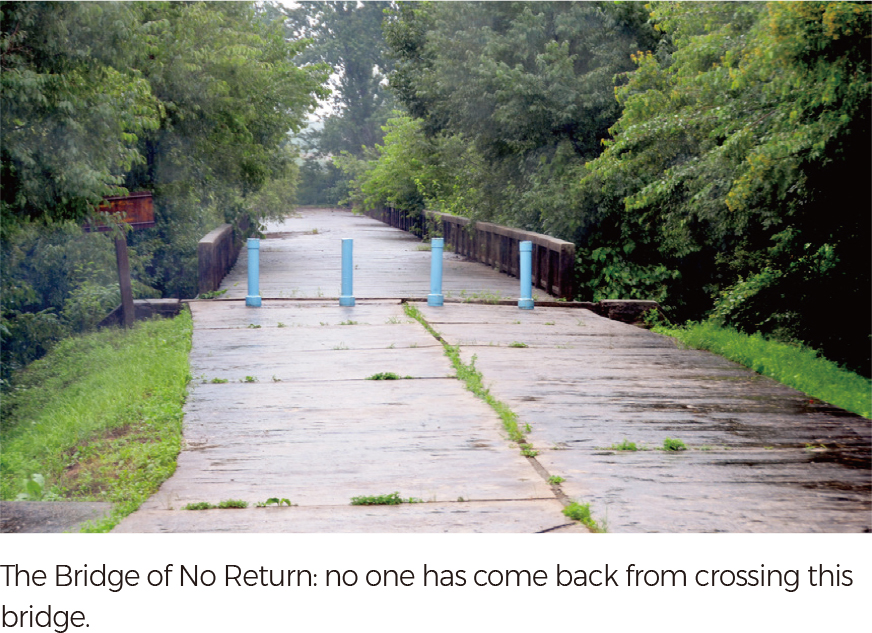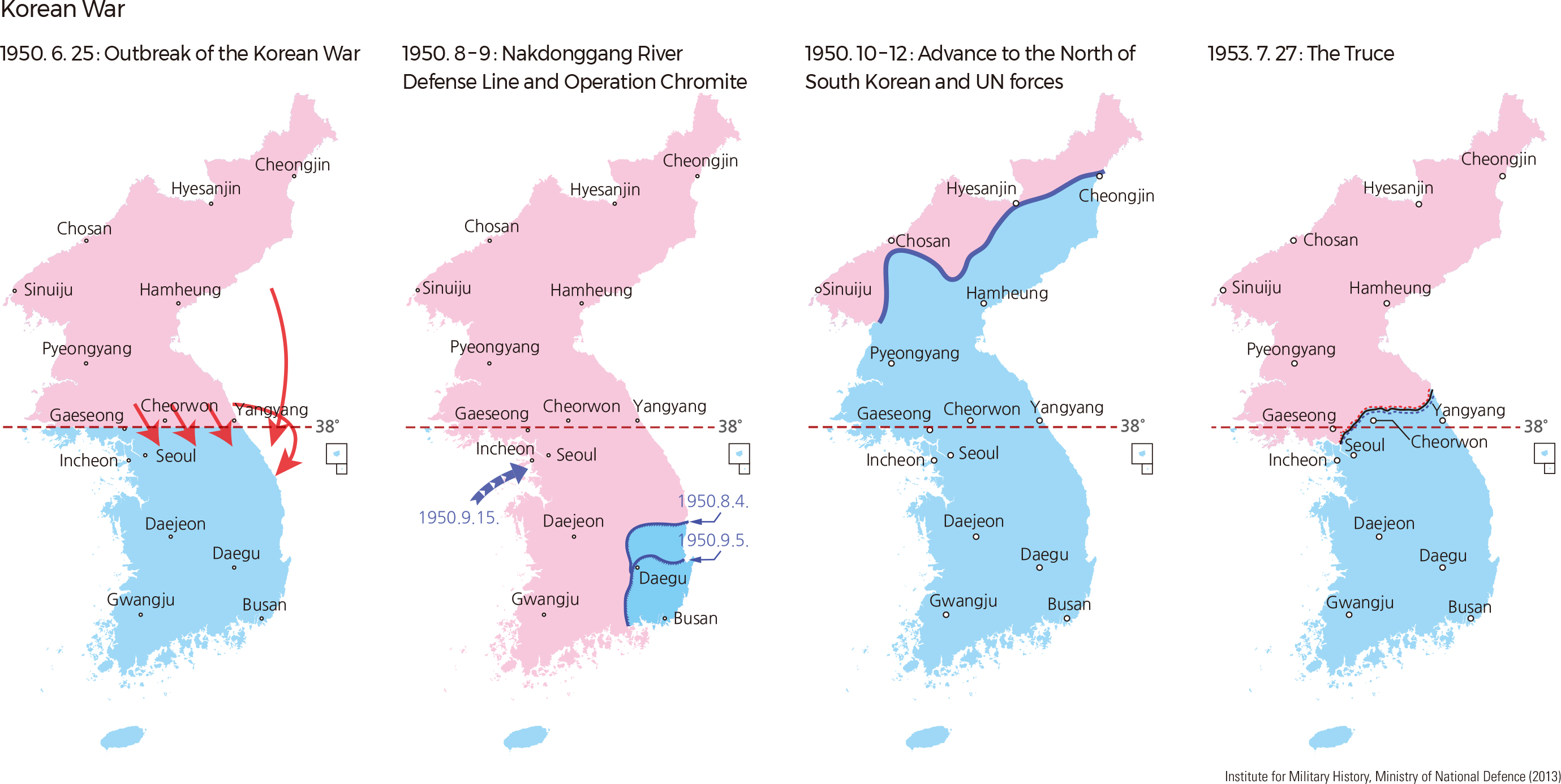Comprehensive Edition 2022
After the Second World War, the national territory was unfortunately divided into North and South along the 38th parallel north, and the division became permanent after separate governments for the North and the South were established in 1948. Korea then suffered the tragic Korean War beginning on June 25th, 1950, and ending with an armistice on July 27th, 1953. The two Koreas have been in a state of truce for six decades, and those six decades have been defined largely by competition and antagonism. Despite these tensions, the two Koreas have also made sincere and meaningful efforts to build mutual trust to overcome the division, such as reunions for separated families, inter-Korean summits, and the economic cooperation at the Gaeseong Industrial Complex.
The Demilitarized Zone (DMZ) refers to a buffer zone between the South MDL (Military Demarcation Line) and the North MDL in which arms are prohibited in accordance with agreements and treaties. Military deployment, arms arrangement, and the installation of military facilities are prohibited in the DMZ. Korea’s DMZ is the result of the ceasefire that put an end to the Korean War. When the agreement was signed in 1953, the line of military contact became known as the Military Demarcation Line (MDL), and a 4 km band of land extending 2 km to the north and 2 km to the south of the MDL was designated as the DMZ.
The Civilian Control Zone (CCZ) is a stretch of land that lies between the DMZ and the Civilian Control Line (CCL). The CCL is a line designated to restrict public access in areas adjacent to the MDL where the legal protection of the military is required. The CCL was initially drawn in 1954. Since then, three adjustments made to resolve property right infringements have reduced the CCZ. The current CCL is designated within 10 km south of the MDL.
The DMZ and CCZ are the areas where human contact is restricted to a minimum, except for farming activities by a few villages along the CCL. These two zones both have diverse natural environments that are well-preserved and that are home to a vast diversity of species. These species include animals listed as Grade 1 endangered wildlife, such as musk deer, mountain goats, otters, white-tailed sea eagles, and golden eagles, and Grade 2 species, such as martens, flying squirrels, goshawks, and the Siberian lily. Recently, tourism in these areas has become popular due to the well-preserved environment as well as historic sites related to the military activities of the tragic war. In 2018, the North-South Summit agreement and sideline agreements laid a foundation to make the DMZ a zone of peace, and the heads of the two Koreas agreed to make the DMZ a peace zone in the Panmunjeom Declaration, announced on April 27th, 2018. The Korean Government promotes the DMZ Peace Trail Project to bring peace to the DMZ and to promote development and prosperity in the border regions. The DMZ Peace Trail Project is provided at three locations (Paju, Cheorwon, and Goseong) where efforts to ease the tension between the two countries are being made through the demolition of the guard posts and joint recovery operations in accordance with the Comprehensive Military Agreement signed on September 19th, 2018. |









